Week 13/2025: Three (more) days on the island
Week of 24 March 2025
Following last weekend’s Ten Days on the Island events, this week I attended more activities from this amazing festival.
This weekend I went to live theatre, an on-Country experience and an art show.
Three Days on the Island
Friday: LIFE/CYCLE
LIFE/CYCLE was the third part of Jane Longhurst’s The Black Bag Trilogy, performance pieces that she began working on in 2018. It’s described as “a surrealist vision brought vividly to life”.
The venue was the old Mercury Print Hall, an amazingly atmospheric location for a performance like this. Jane directed this show, which featured members of the Mature Artists Dance Experience (MADE) in the cast.
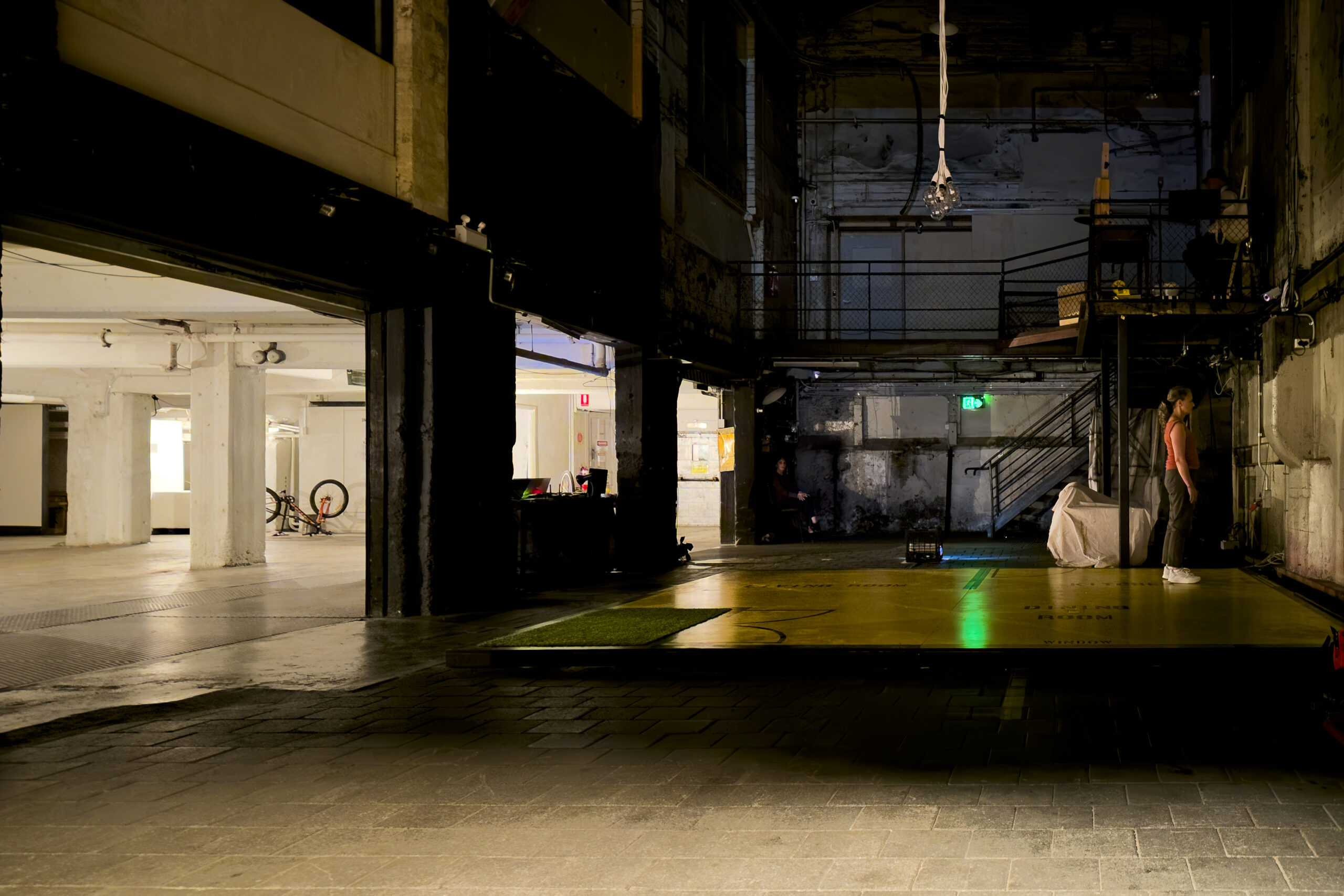
It was a curious performance and I was left wondering whether the cycle ever ends.
Saturday
Lil Sis and I went to two very different art installations on Saturday.
lakapawa lakaratu
We first travelled to Piyura Kitina / Risdon Cove to experience the first stage of Nunami Sculthorpe-Green’s long-term project about the sounds of Country, lakapawa lakaratu: centring seasonality.
This was a really moving experience as Nunami told us about the work and her plans to extend it across Lutruwita/Tasmania. Accompanying the installation was the soundscape made by Yuwaalaraay musician Warren Mason.
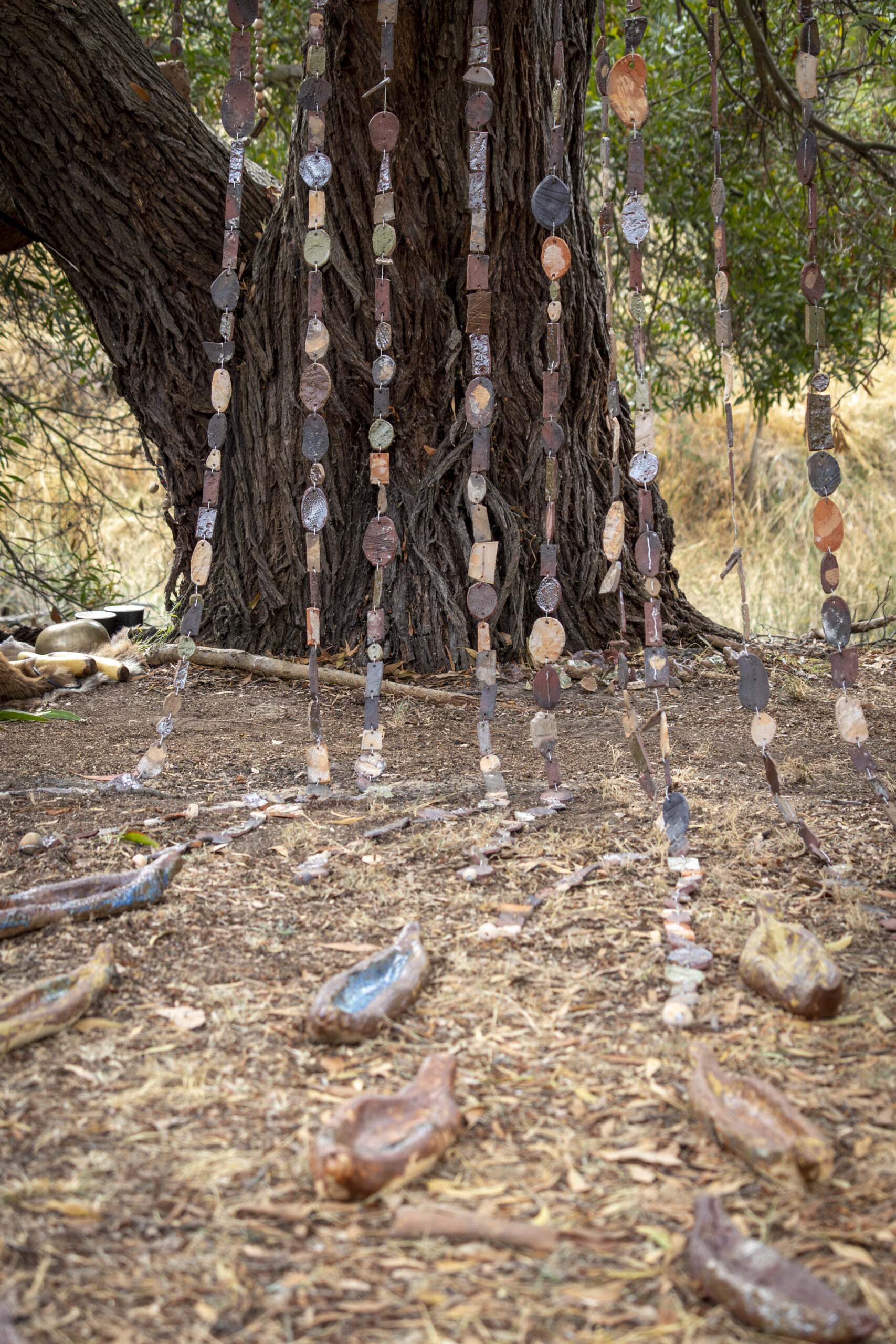
Here we see Nunami’s beautiful wind chimes that she’s arranged in a way that brings to mind a waterfall, and on the ground, she has laid 47 canoes that represent the 47 Palawa relocated from Wybalenna on Flinders Island to Putalina/Oyster Cove.
We took some time to let this sink in.
It was a time to reflect and be on this country.
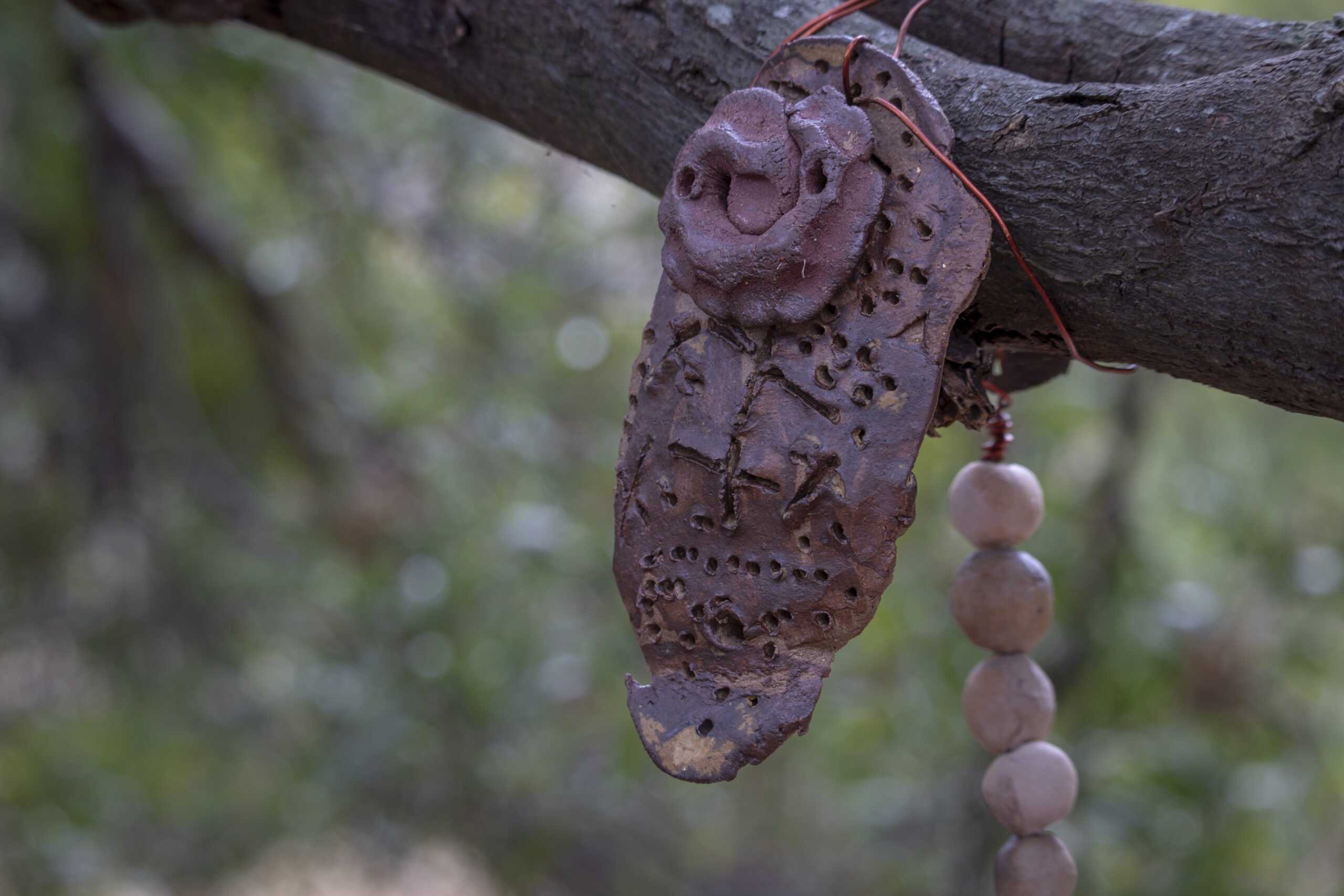
At the end of this time taking in the music, Nunami’s words and her art works, we were invited to share some food created by Kitana Mansell of Palawa Kipli, which included wallaby that had been roasting over the coals when we arrived.
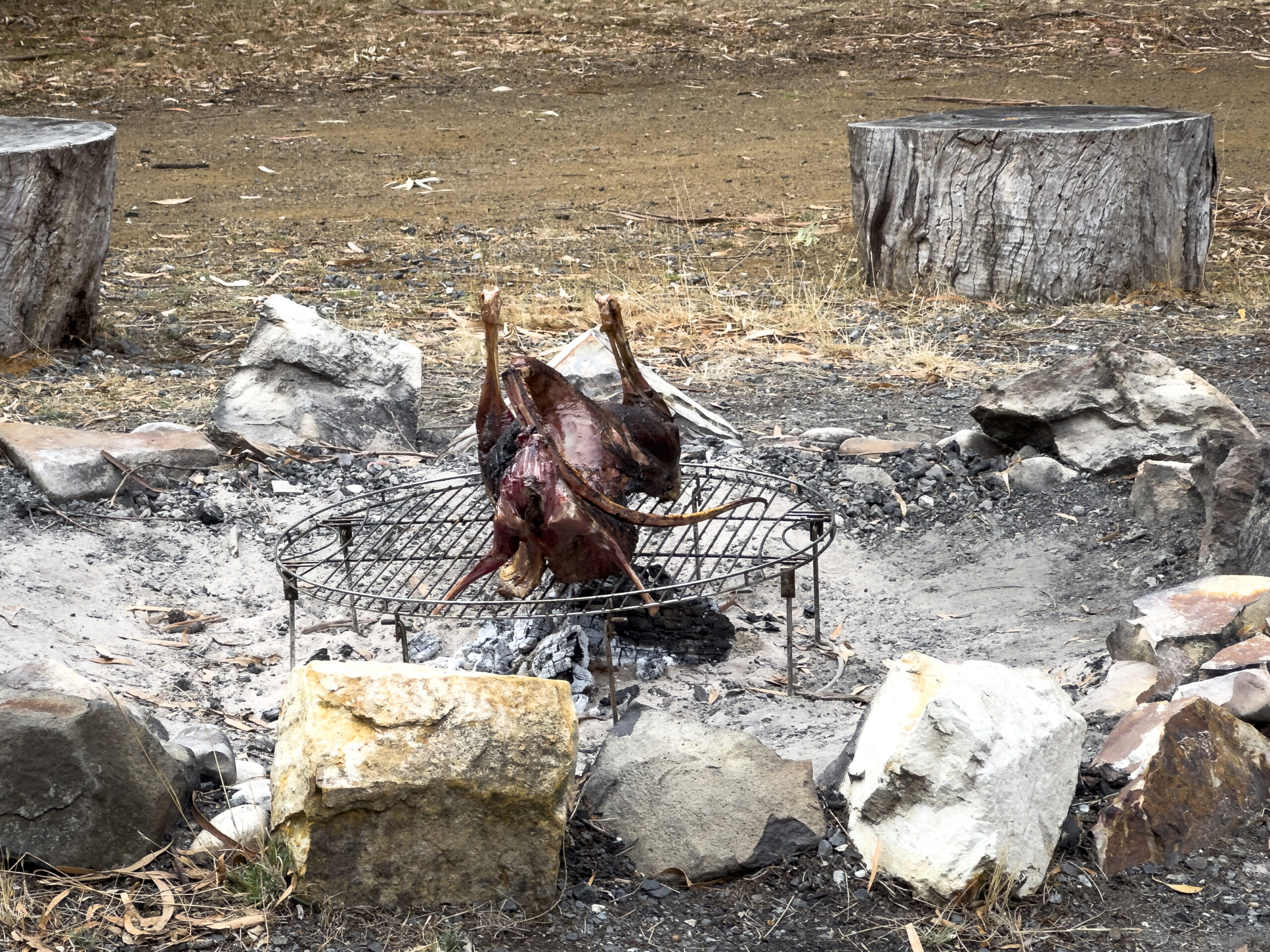
I felt really lucky to have been part of this and am looking forward to seeing whichever next stages Nunami shares with us. You can also hear Nunami talking about the work on the Ten Days podcast.
Taniwha Time Machine
From the serenity of Piyura Kitina to the Bellerive Boardwalk was quite a shift, and here we investigated Dreamgirls Art Collective’s installation Taniwha Time Machine.
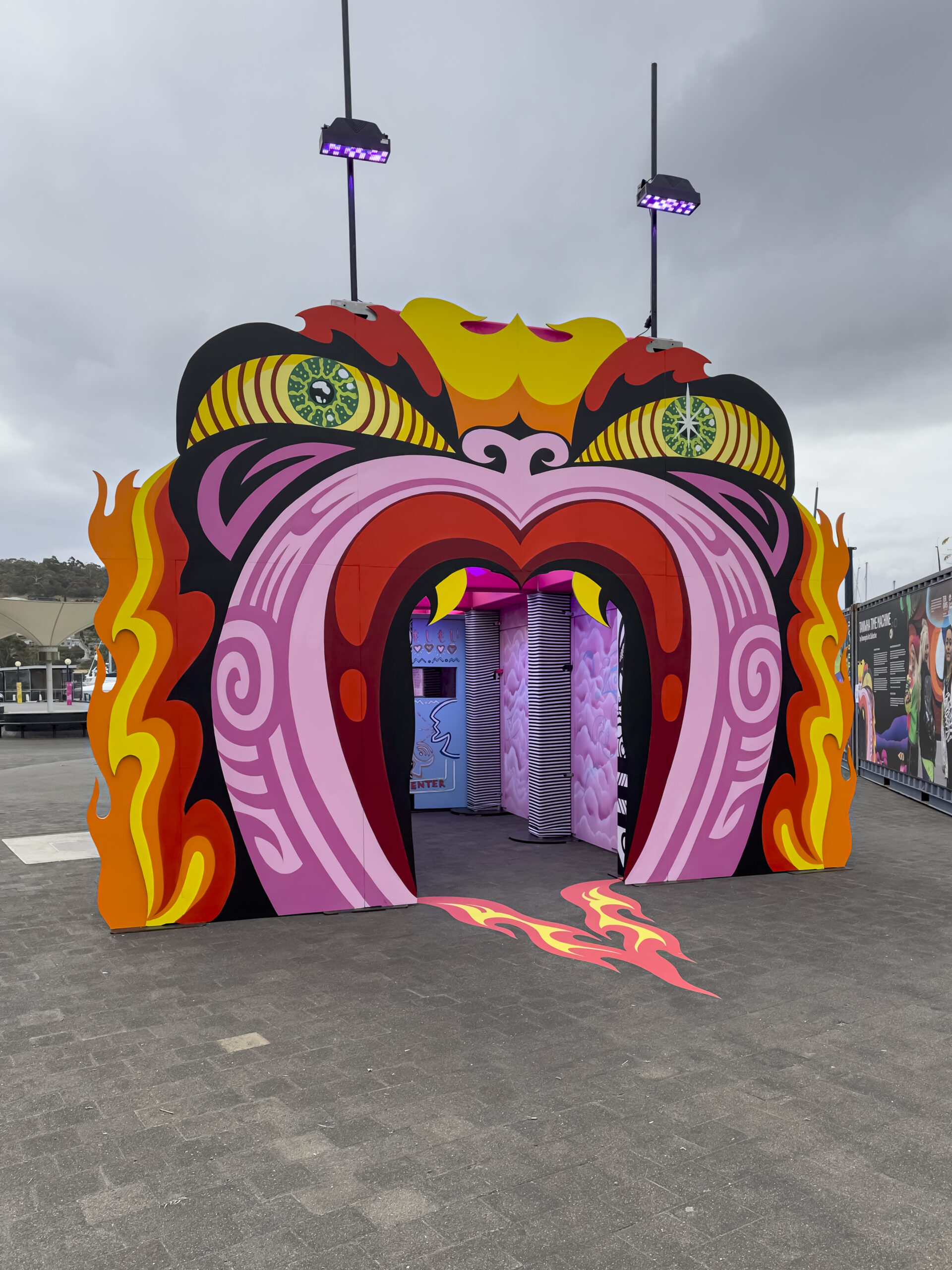
Here we had the opportunity to step through “the giant mouth of the taniwha, representing the Māori legend of Ngake and Whātaitai, who are said to have shaped the landscape of Te Whanganui-a-Tara (Wellington). The two taniwha are over 30 metres of vibrant fun, conjoined by their tails”.
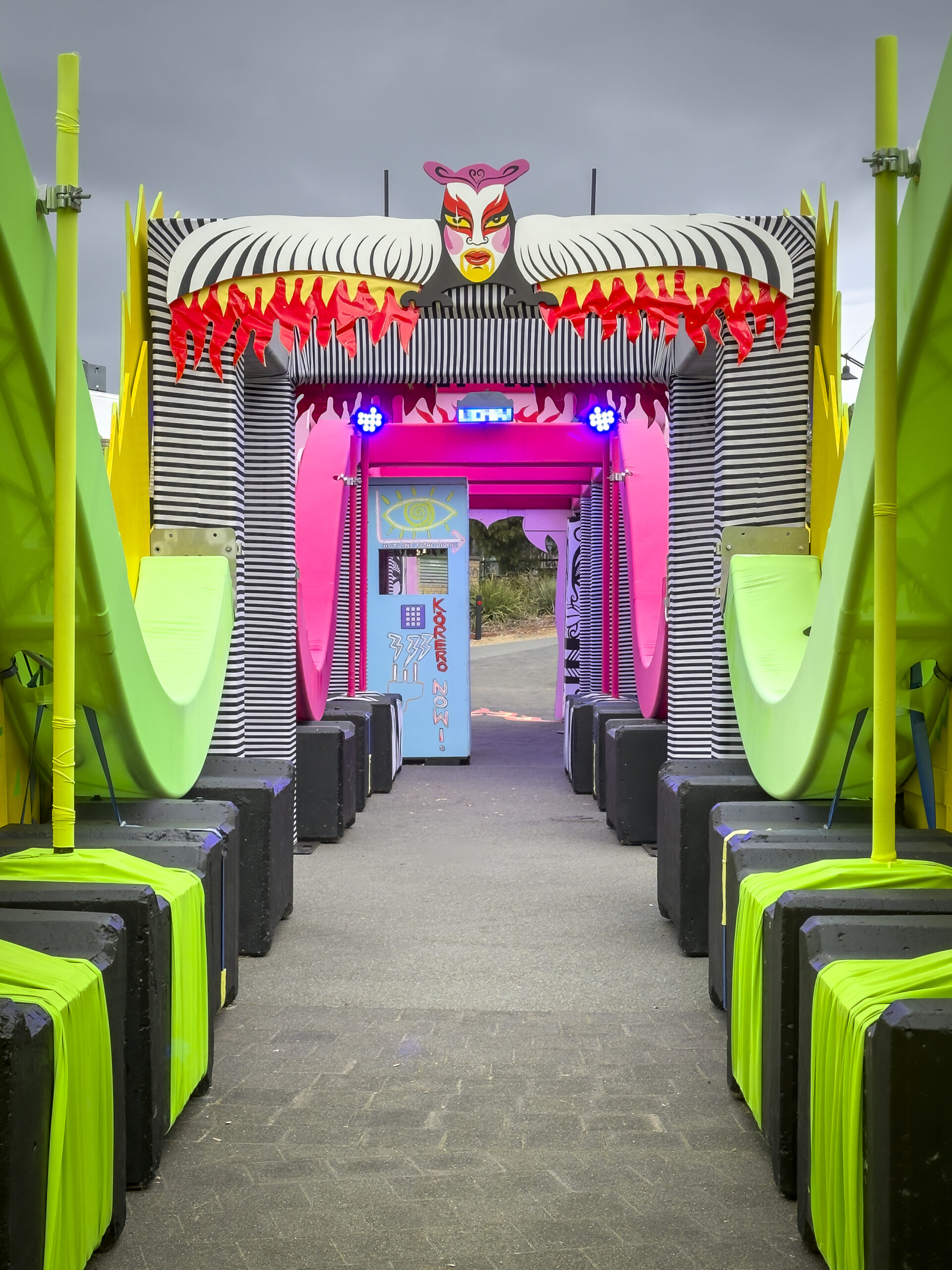
It was very bright!
Sunday: When the fog clears
Sunday was a quieter day, and we travelled to Franklin to see When the Fog Clears. This “journey through the mesmerising mists of the Huon Valley” was held in the Franklin Watershed, a former apple shed.
Mists remind me of living at New Norfolk but whenever I go to the Huon Valley I’m also struck by how different the two valleys are.
Six artists had work displayed here, and the guide explained the setup, which was supposed to have included the Cartela. However, the old boat sunk a bit a few weeks ago and had to be rescued, so it wasn’t able to take part in the show. It’s still sitting there outside the shed, and I believe it’s going to be taken to town to be restored. Somewhere, somehow.
This was a lovely reflective exhibition to complete my Ten Days outings.
It included a very cool stop motion video by Rosie Hastie (Monument: A Passive Discovery), and a black and white 16mm film by Ursula Woods called Veil of Morning.
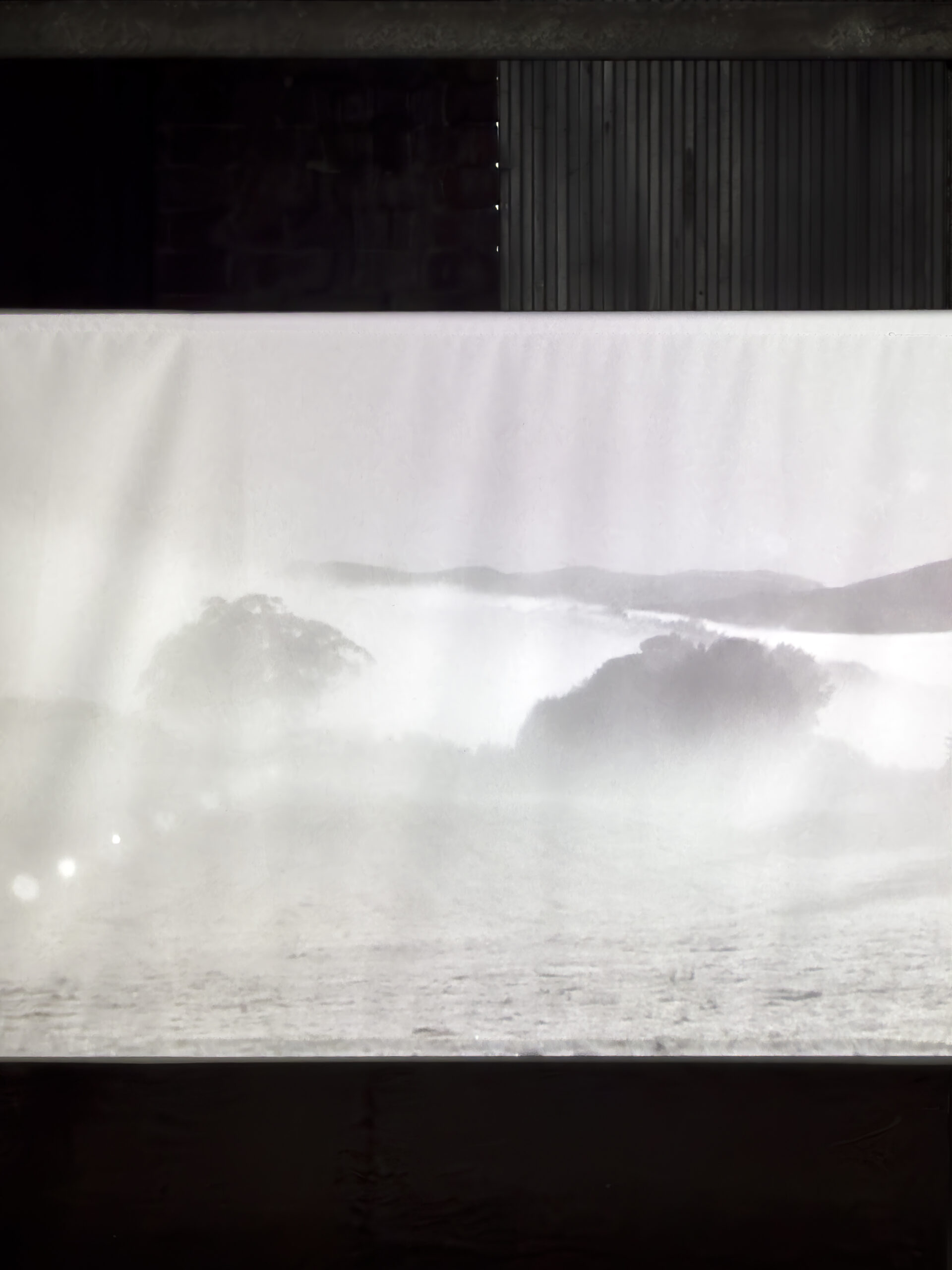
And a duo of works by Amber Koroluk-Stephenson (Bound, after Rayner Hoffman and Man Ray; Veilings, after Rayner Hoffman). They mirrored each other.
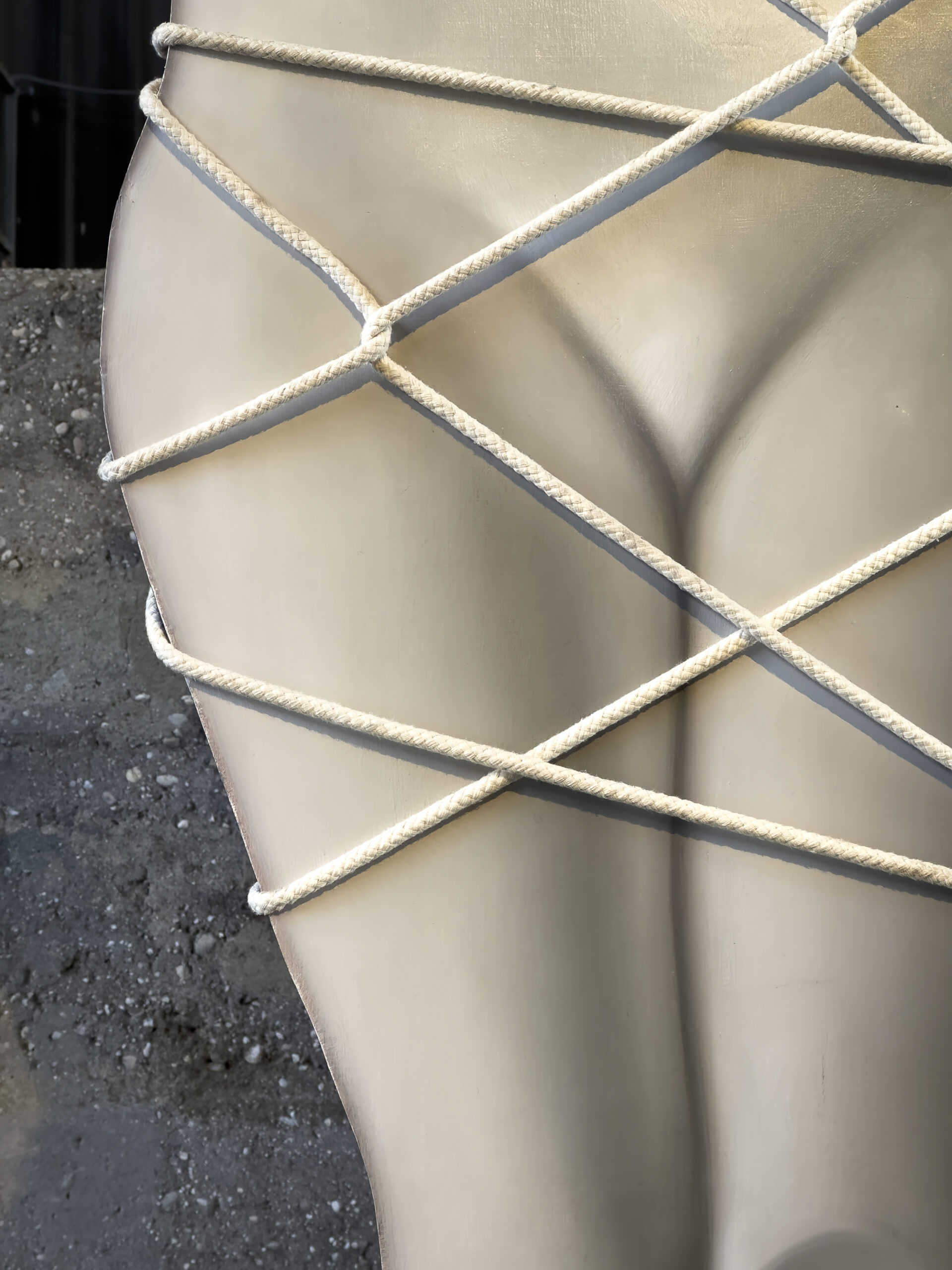
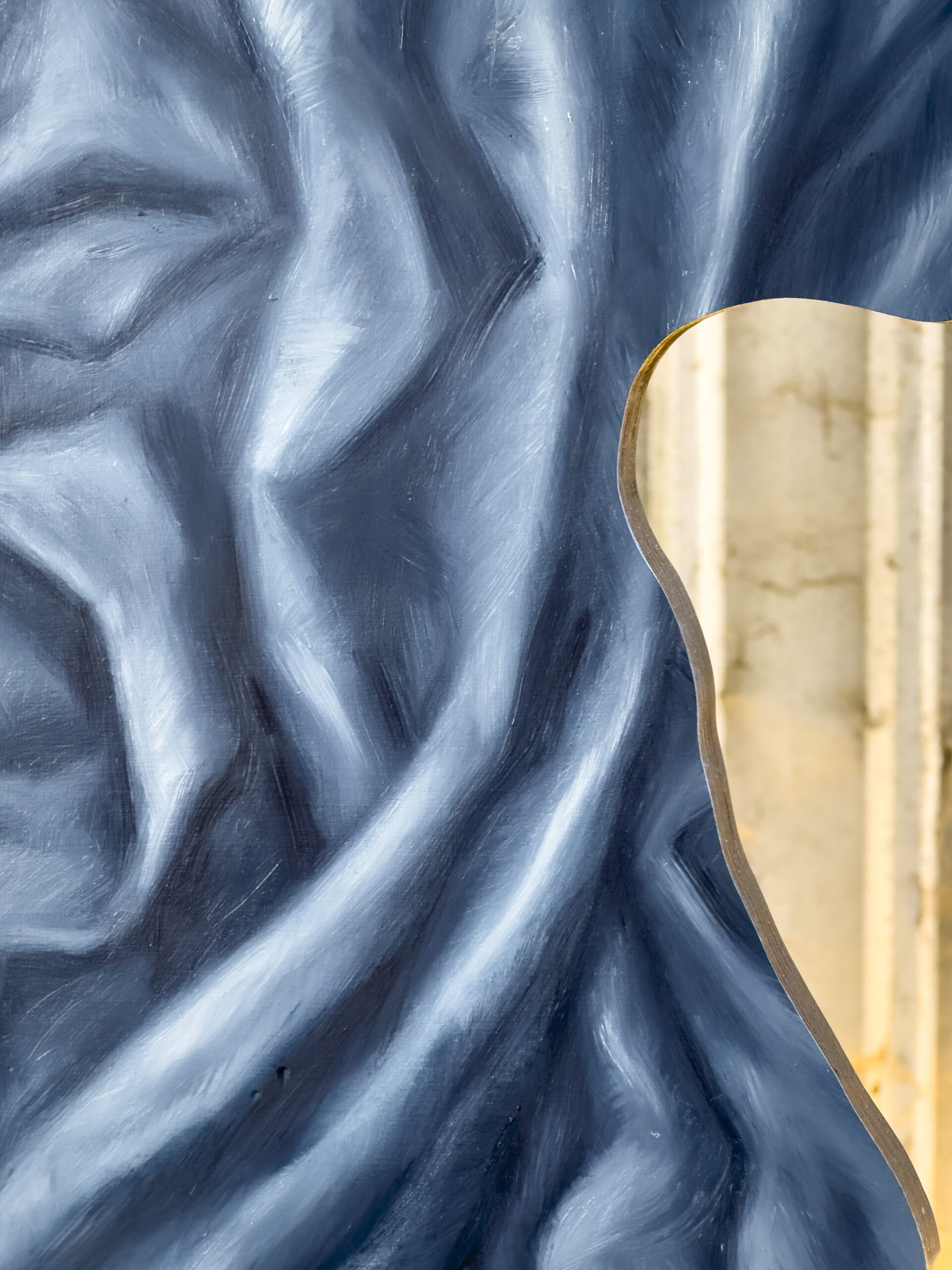
Both festival weekends were wonderful and I’m grateful to have had the opportunities to see as many things as I did.
Summary of the week
Habit tracker
- Go outside & exercise first thing (7 days): 7/7
- 15 minutes morning exercise sequence (7 days): 7/7
- Hip exercises (5 days): 5/5
- 2 walks or bike rides or a combination (6 days): 5/6
- Long walk (1 day): 0/1
- Walk 8,000 steps (7 days): 7/
- 9.00 shutdown & dim lights (6 days): 2/6
- Evening routine (6 days): 4/6
What did I learn this week?
Edward Abbott was the first Warden of the municipality of Clarence.
According to a sign near the Bellerive Wharf that gives origins of some of the area’s street names, Mr Abbot wrote a cookery book to fund his retirement. This was Australia’s first cooking book.
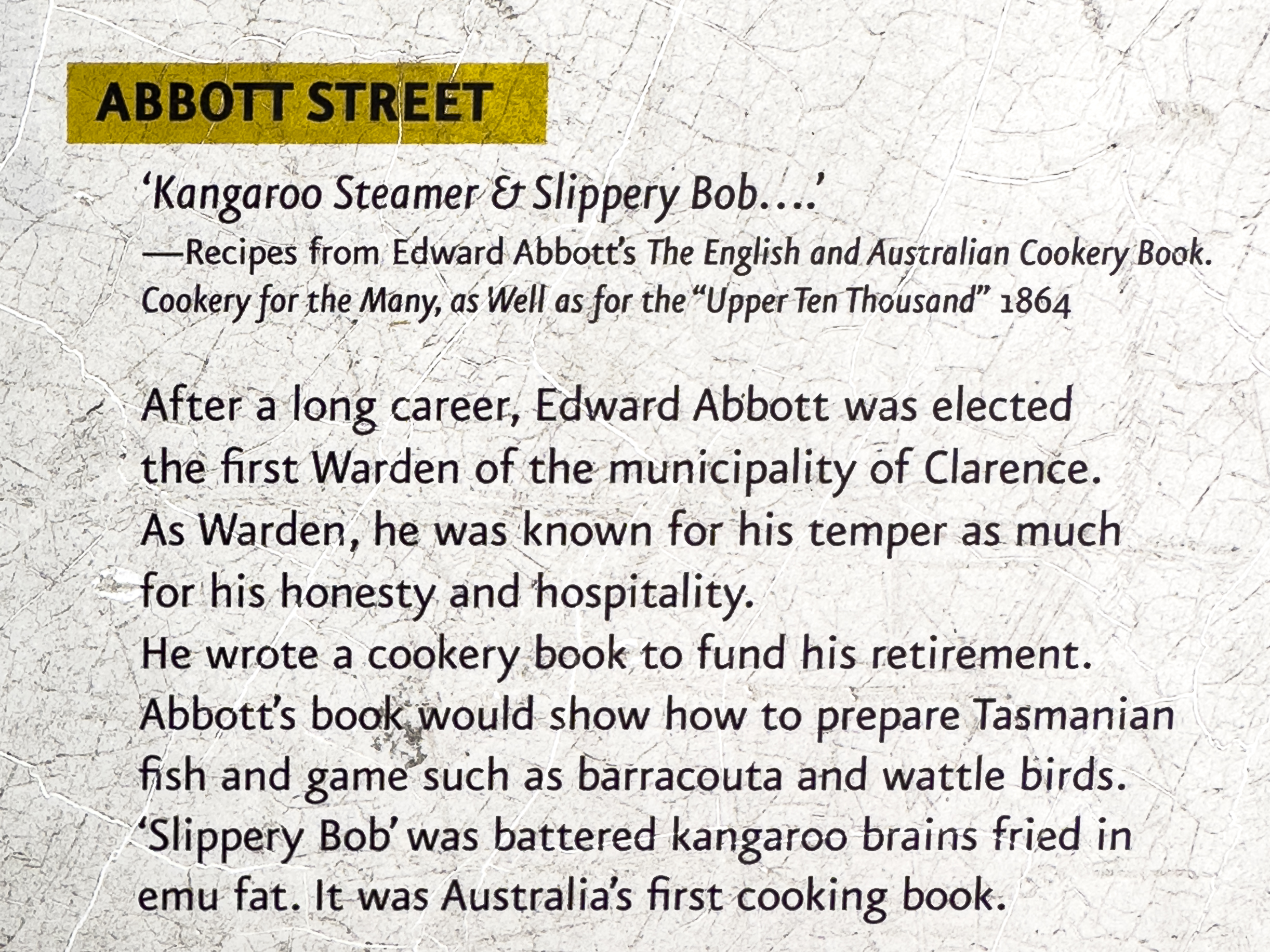
I googled it. The English and Australian Cookery Book : Cookery for the Many, as well as for the “Upper Ten Thousand” was published in 1864.
The National Library of Australia cites John Hoyle (Annotated bibliography of Australian domestic cookery books, 1860s to 1950) as saying this about it:
Although including many ingredients only available in Australia the book was published in England. It offered a comprehensive range of cookery and aimed at less elaborate cookery “within the compass of persons of moderate means”. The game section includes kangaroo, emeu, wombat, mutton birds, wild pigeon, wattle bird, turkey bustard and black swan. Apart from the main chapter on fish, there are also seperate sections on British, South Australian, Tasmanian, New Zealand, Victorian and New South Wales fish.
So, what’s in this book?
Some of the delightful recipes include Boiled Calfs Head (page 25), Black Cock (page 88), Turtle Soup (page 2), Whale Steaks (page 94) and Kid, Roast (page 12). (I assume this means a baby goat, not an actual kid.)
And yes, there really is a recipe for roast wombat (page 85).
It includes a section on not only Cheap Cookery (page 213) but also Cookery for the Destitute (page 211) became presumably the “upper ten thousand” are deeply concerned about the diets of the destitute. A recipe is included for “good soup for the poor” at a cost of three farthings per quart, made with 100 gallons of water and served, I imagine, in a soup kitchen.
Well, then.
According to this book, “the cygnets of the black swan are dressed in the same manner as the white species. When young they are tender and, if properly roasted, with good sauce they are eatable; and that is all we can say” (page 90). It goes on to say that several other species of bird, including plovers, are all game birds and, as such, are dressed in the general way of roasting. And that plovers’ eggs (page 170) are among the most delicate (good luck with that).
Mr Abbott’s book also tells us that toast must be buttered on both sides and kept warm (page 123), which brings back memories of Isabella Beeton and the toast sandwich.
What did I notice this week?
Ghost sign of a health food store behind the Kodak building in town.
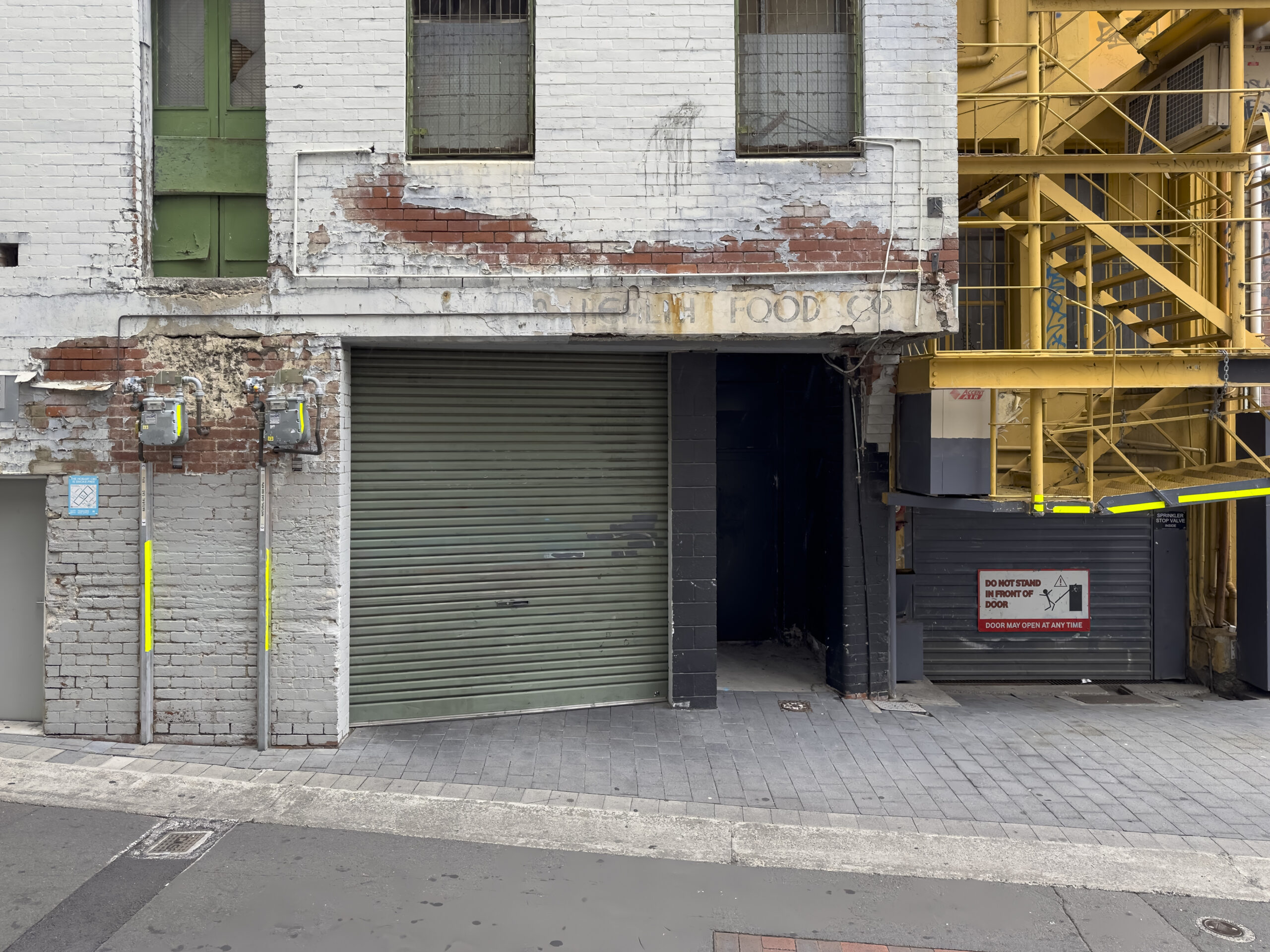
What was the best thing this week?
In my acting class we are working on scenes to perform at our end of term showcase. This week I did my scene in front of the class and it went well.
What am I reading this week?
- Slow Productivity by Cal Newport
- The Rain Heron by Robbie Arnott
What am I watching this week?
- Australian Survivor
- Alan Carr: Changing Ends
- LIFE/CYCLE
- lakapawa lakaratu: centring seasonality
What am I listening to this week?
- Mikelangelo and the Black Sea Gentlemen: Dead Men Tell No Tales